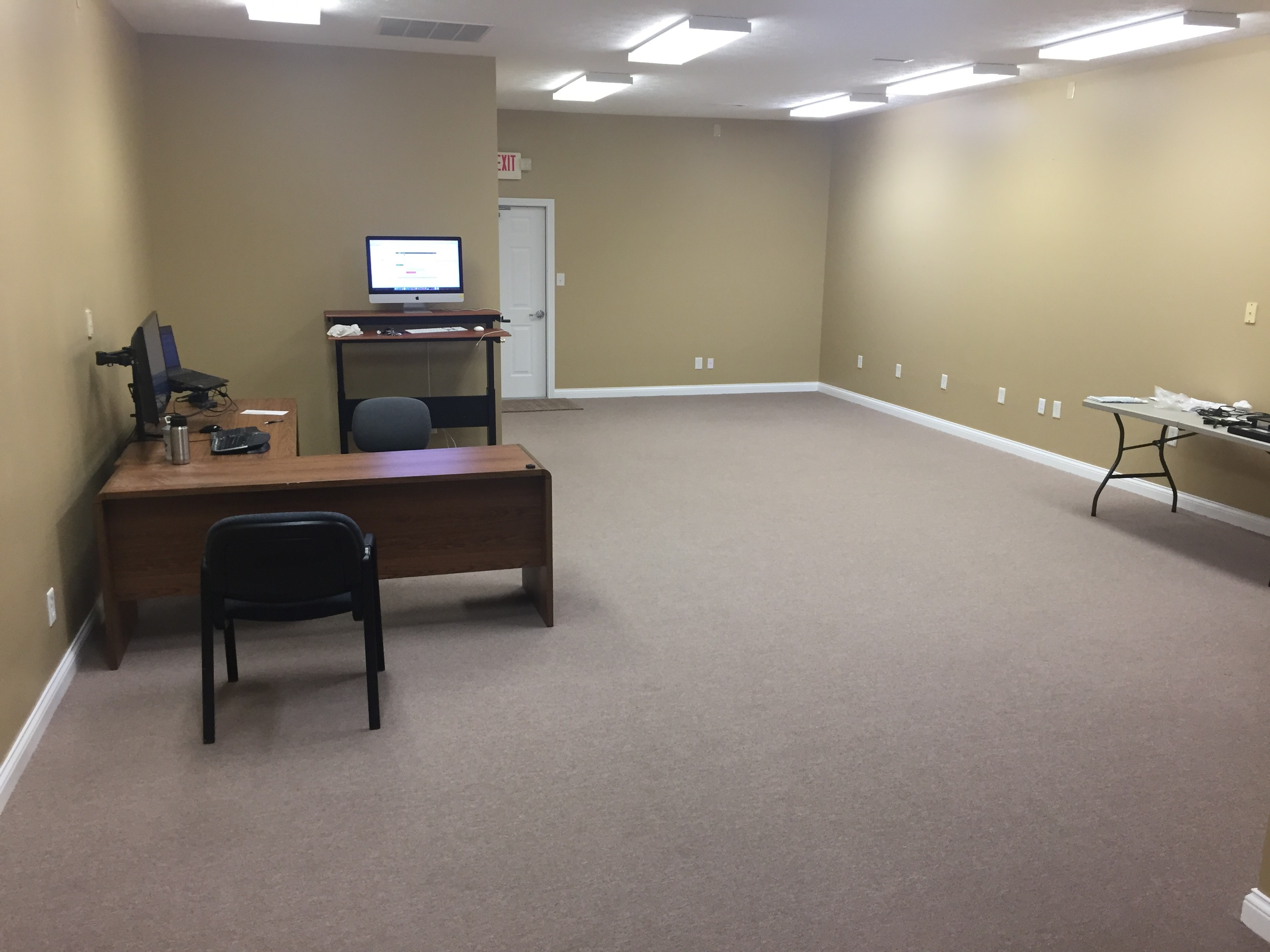My, how things have changed. A few short weeks ago we were all pushing forward into spring, executing our 2020 plans, and incorporating new technology into our businesses, and then BAM… Coronavirus. Businesses have shut their office doors, employees have been sent to work from home while their kids are off school for a month or more, and many are out of work. I can’t imagine (and don’t want to) where we will be at when this article is published, but I’m proud to see the American Spirit pushing through and businesses finding ways to get work done while away from their home offices.
Remote access is a vital part of day-to-day office environment right now. Whether it’s for the business owner, the accountant, or the engineer, the ability to access important business resources from home or another remote office is more important than ever right now.
What options are available, and which one is the best for your situation?
One of the longest-standing means of remote access is the Virtual Private Network, or VPN. In the old days, you could dial in to your business on a modem and essentially become one with the network, albeit in a very slow fashion. VPNs now run over the internet, and thanks to high-speed connections, day-to-day access of files is simple and effective. You can easily access shared drives and printers straight from your kitchen table. If you’re working in a system that requires constant and frequent network communication, though, such as QuickBooks or a Point-of-Sale system, VPN communication can still become slow and stagnant.
In recent years, other remote access tools such as GoToMyPC, LogMeIn, and Zoho Assist have offered another way to connect to the office environment. If you have a computer at the office and another at home, you can sit in front of one screen and control the other from across town or across the world. When you move the mouse, the mouse moves. When you open QuickBooks, it’s like you’re right there at the office, because as far as your computer is concerned… you are. The only data sent back and forth “across the wire” is information about what’s on your screen. The biggest drawback to these tools are that they require a computer be left at the office, which can be a significant increase in cost if you only need one computer on a regular basis.
What’s the best option for your environment and team? The answer could be one or either of the options above, or something completely different. Cloud services offer a whole new set of options, and branch-office-VPN’s can help connect remote offices with a full-time connection that you never have to “turn on.” As you consider the best way to remotely access your important company resources, keep in mind that each comes with its own benefits, drawbacks, and security concerns. You may want to consult your IT Services contact and get their thoughts on the best solution for you and your business. Whichever way you go you’ll want to tread carefully, but you can also be thankful that your options are plentiful.
Written by Chet Cromer for publication in the Business Leader



Recent Comments